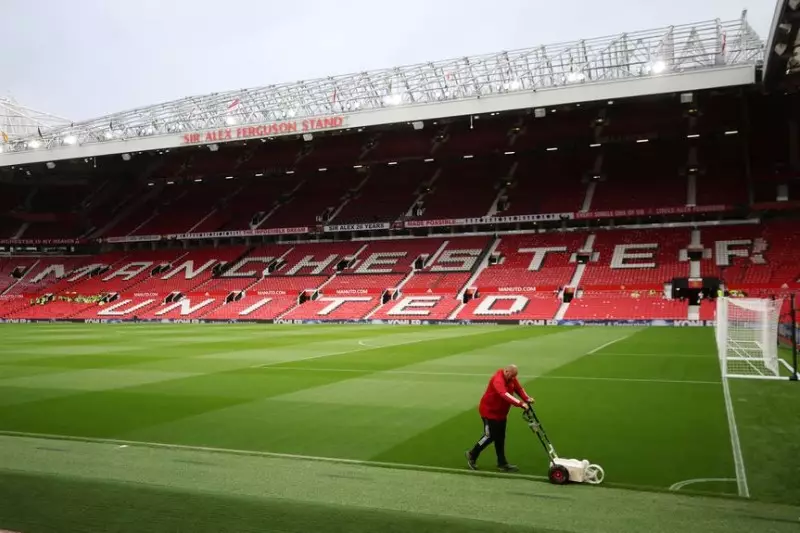Manchester United, one of the most recognizable football clubs in the world, is navigating a complex financial landscape as it grapples with rising costs and fluctuating performance metrics. Analysts at Jefferies have noted that despite facing significant operational and financial hurdles, the brand’s global appeal and vast supporter base remain solid. With revenues reported at £662 million for the fiscal year 2024—slightly above the forecasted £660 million—it’s clear that Manchester United retains a strong revenue-generating capacity even as EBITDA dropped from £155 million to £148 million.
A central facet of Manchester United’s enduring strength is its loyal fanbase, which exceeds one billion people globally. This extensive network of supporters offers a unique advantage for the club, as noted by analysts: “It’s the engagement of these fans that can significantly contribute to the club’s long-term resilience.” Initiatives to enhance this engagement include record attendance levels and impressive ticket sales that have persevered despite a backdrop of rising operational costs. The success of the club’s paid membership program, which boasts over 438,000 members, reflects the organization’s ability to monetize its loyal followers effectively.
Manchester United is also tapping into new revenue streams to bolster its financial health. The introduction of a cutting-edge e-commerce platform in collaboration with SCAYLE is one such strategy that aims to amplify retail and merchandising revenues by approximately £30 million. This platform, which encompasses in-app purchases and digital advertising, illustrates the club’s commitment to innovation in a rapidly changing market. In addition, matchday revenues have reached an all-time high of £137 million, emphasizing the club’s capacity to attract fans and generate income even when hosting fewer home games.
Nevertheless, the road ahead is fraught with challenges, particularly due to soaring player costs that threaten profit margins. As salaries and transfer fees continue to inflate, Manchester United must implement strategic measures to mitigate these financial pressures. Furthermore, the sponsorship landscape has become increasingly competitive, as opportunities for fresh deals diminish. This reality calls for a more innovative approach from the club to convert existing sponsorships into higher-margin agreements that can sustain revenue flows.
Despite these complexities, many analysts maintain an optimistic yet cautious outlook regarding Manchester United’s potential for long-term value creation. With a market capitalization standing at £2.1 billion, potential restructuring and enhanced fan engagement initiatives could pave the way for a brighter financial future. According to Jefferies, there is a significant upside potential, with a buy rating and a price target of $26 suggesting an impressive 59% gain from current valuations. Ultimately, Manchester United’s iconic brand and unparalleled global presence ensure its status as a formidable player in the sports arena, even in times of fiscal adversity.

